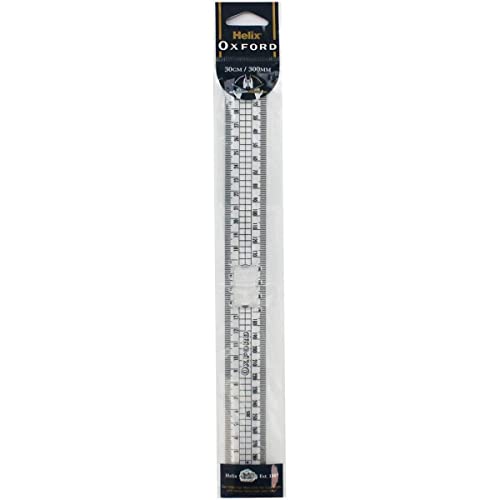Materials used to make rulers
Rulers are a common tool used for measuring length, and they come in various shapes and sizes. The materials used to make rulers can vary, depending on the intended use and desired durability. From traditional wooden rulers to modern plastic and metal ones, here are some of the most common materials used to make rulers.
Wooden rulers
Wooden rulers have been around for centuries and are still widely used today. They are typically made from hardwoods such as oak, mahogany, or beech. These types of wood are known for their durability and resistance to warping. Wooden rulers usually have a flat and smooth surface, allowing for accurate measurements. They are also comfortable to hold due to their natural grip and warmth. However, wooden rulers may be prone to damage if not handled with care and can be affected by changes in humidity.
Plastic rulers
Plastic rulers are the most common type of ruler found in schools, offices, and households. They are made from different types of plastic, including polypropylene and polycarbonate. Plastic rulers are lightweight, durable, and resistant to moisture, making them ideal for everyday use. They have clear markings and a smooth surface, ensuring accurate measurements. Plastic rulers are often budget-friendly and available in a variety of colors and designs. However, over time, plastic rulers may become brittle and prone to snapping.
Metal rulers
Metal rulers, also known as steel rulers, are typically made from stainless steel or aluminum. They are known for their durability and precision. Metal rulers have a smooth surface and clear markings, allowing for accurate measurements. They are often used in technical drawing, engineering, and other professions that require high precision. Metal rulers are resistant to corrosion and can withstand heavy use without warping or breaking. However, they are more expensive compared to other types of rulers and may be heavier to carry around.
Flexible rulers
Flexible rulers, also known as tape measures or measuring tapes, are made from materials such as cloth, plastic, or fiberglass. These rulers are designed to be flexible, making them useful for measuring curved or irregular surfaces. Flexible rulers typically have markings on both sides, allowing for measurements from different angles. Tape measures are commonly used in sewing, construction, and other applications that require flexible measurements. However, they may not be as precise as other rigid rulers and can be easily stretched or damaged if not handled carefully.
Specialty rulers
In addition to the common materials mentioned above, rulers can also be made from specialty materials for specific purposes. For example:
- Fiberglass rulers are lightweight and durable, making them suitable for outdoor and recreational use.
- Bamboo rulers are eco-friendly alternatives to wooden rulers.
- Metal matrix composites are used in specialized rulers for high-demand applications.
Specialty rulers are often designed with specific features or characteristics to meet the needs of particular industries or professions. These materials may provide additional benefits such as increased flexibility, resistance to wear, or improved accuracy.






